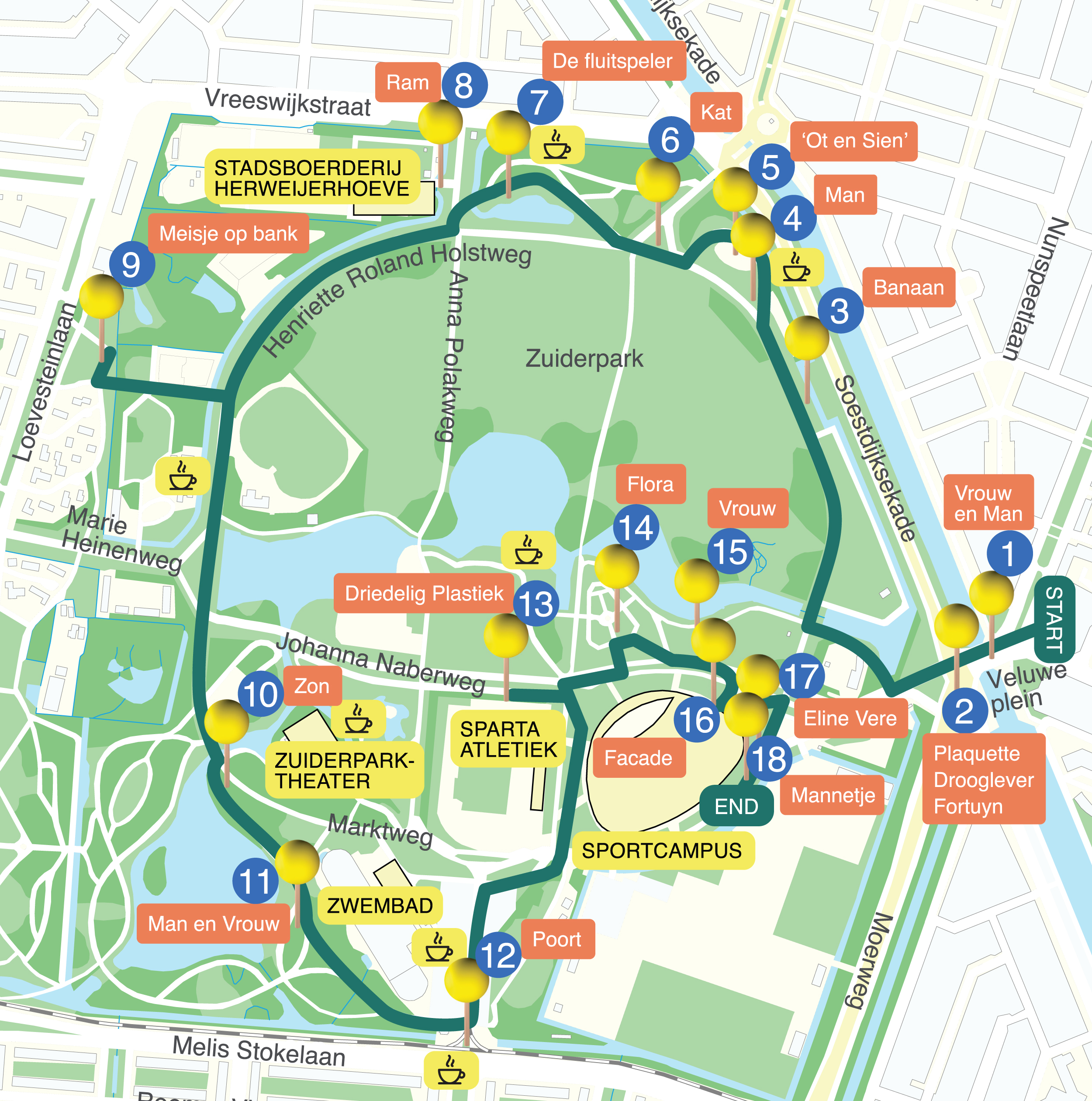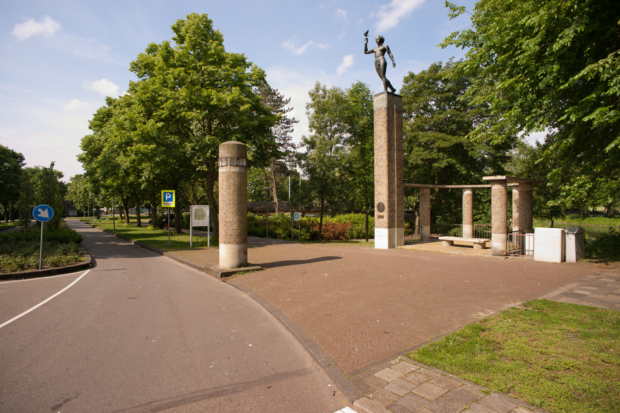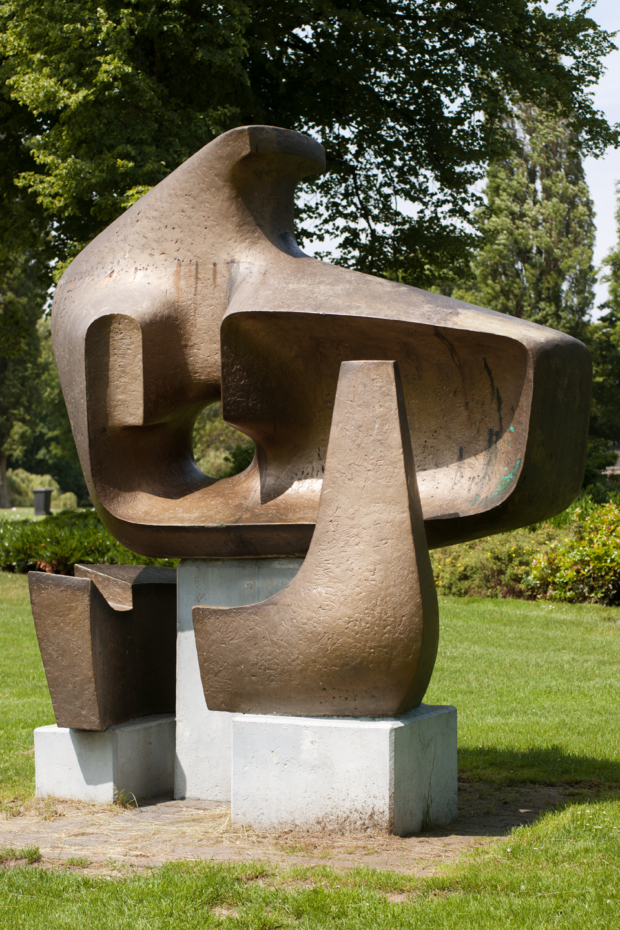Around Zuiderpark
Start: Veluweplein
End: Veluweplein
Time: 1,5 - 2 hours walking
Introduction
The population of The Hague grew enormously at the beginning of the 20th century. To offer the workers and their families space for sports, recreation and education, architect and urban planner Berlage designed a large Volkspark in 1908. This Zuiderpark opened its gates in 1936. Five years later, 200,000 visitors enjoyed over half a million flowers and more than fifty statues during the spring exhibition Flowers and Statues. Two of those statues are still there.
Nowadays, there are about forty sculptures in the park: sculptures that were intended for this park, sculptures that were previously located elsewhere in the city and, since a few years, sculptures that are part of The Sculpture Gallery in the Grote Marktstraat/Spui, Open Depot.
Sculptures are regularly added and sometimes move to another location in the city. Open Air Museum Zuiderpark' therefore has a changing collection. Almost all the sculptures fit so naturally into their surroundings that residents of Escamp often thoughtlessly cycle or walk past them. For residents of other city districts, the collection is usually still unknown. High time to bring this special collection of outdoor art from The Hague to their attention!
How it works.
The entire route is marked out on the map, the works of art highlighted. For each sculpture there is always a short explanation. Want to know more about an artwork in the route? Check bkdh.nl and search by title and artist or by street using the map.
The start is on Veluweplein at the entrance there. The walking route is counterclockwise. In itself you can join at any time. This walk will take you past 18 works of art. But there are many more sculptures to see in Zuiderpark than these 18. Curious? Check out bkdh.nl.
Colophon
Route and text: Piet Vernimmen, www.stadsgidsdenhaag.com.


















